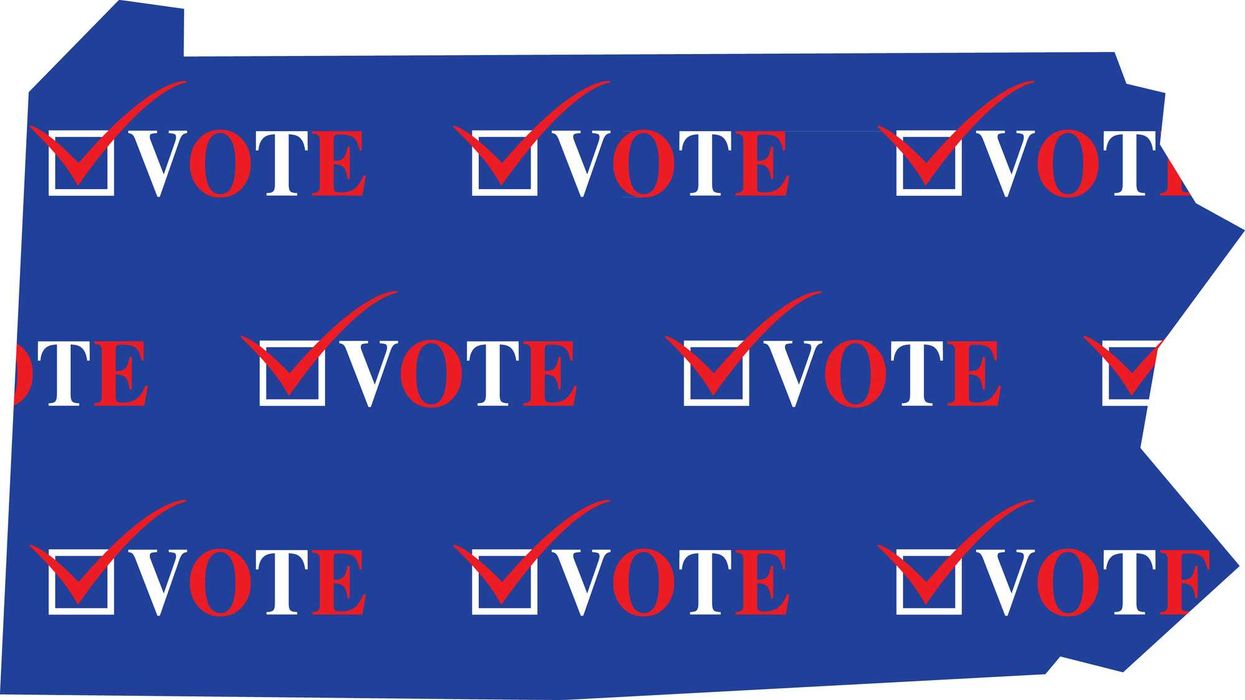Using Project 2025 as the blueprint, President Donald Trump has launched a plan to greatly increase executive control over federal spending, aiming to expand presidential power.
A controversial tool once wielded by President Richard Nixon, impoundment, is at the center of this strategy to withhold congressionally approved funds. This maneuver was explicitly outlawed by Congress in 1974, yet Trump has revived it, once again testing the boundaries of executive power and challenging the constitutional separation of powers. With the GOP-led Congress effectively sidelined, the courts have been forced to intervene, creating a legal showdown over whether a president can usurp Congress’s “power of the purse.”
Project 2025 is a radical plan to reshape the federal government, diminishing the role of Congress and enhancing the executive branch's power. If successful, Trump’s efforts could permanently alter American governance by establishing the president’s unilateral authority over federal funding. This is clearly not what the Framers intended when they gave Congress the power of the purse.
Impoundment refers to a president’s decision to withhold funds that Congress has already allocated rather than executing the budget as mandated. The U.S. Constitution grants Congress exclusive power over federal spending, making impoundment a direct challenge to legislative authority. The key question before the courts is whether impoundment represents a legitimate executive function or an unconstitutional overreach that undermines the balance of power.
President Trump’s impoundment strategy pushes into legally uncertain territory, where past presidents have hesitated to tread. Project 2025 promotes impoundment to weaken Congress and empower the executive branch. Proving once again that far from being a conservative document, Project 2025 is an extremist plan to disrupt constitutional checks and balances.
Trump and his allies argue that impoundment is necessary to rein in excessive congressional spending and prevent wasteful allocations. They contend that Congress frequently passes bloated budgets with minimal oversight, leaving the executive branch responsible for ensuring fiscal responsibility. From this perspective, impoundment is not an abuse of power but a corrective measure that prevents reckless spending.
Supporters of impoundment also argue that the 1974 Congressional Budget and Impoundment Control Act (ICA) improperly restricts the president’s executive authority. They claim that the ICA infringes on Article II of the Constitution, which vests the president responsible for executing laws, including budgetary decisions. Some conservative jurists have suggested that the ICA’s restrictions on impoundment violate the separation of powers by excessively constraining the executive branch.
However, critics argue that this interpretation rewrites constitutional history. The Framers deliberately granted Congress control over federal spending, ensuring a check on executive overreach. The Constitution’s Appropriations Clause (Article I, Section 9, Clause 7) explicitly states, "No Money shall be drawn from the Treasury, but in Consequence of Appropriations made by Law.” If Trump’s approach prevails, it would nullify Congress’s ability to enforce its spending decisions.
Trump’s impoundment push closely mirrors Nixon’s aggressive attempts to control federal spending without congressional approval. Nixon’s repeated use of impoundment led to a constitutional crisis, prompting Congress to pass the 1974 ICA, which explicitly restricted a president’s ability to withhold funds.
In Train v. City of New York (1975), the Supreme Court ruled that Congress, not the President, had the ultimate authority over federal spending, effectively ending Nixon’s use of impoundment. However, Trump attempts to overturn this precedent by reviving Nixon’s approach with even greater ambition. Unlike Nixon, Trump is not acting alone; his efforts are supported by conservative think tanks like the Heritage Foundation, which, with the help of more than 100 other right-wing contributors, crafted Project 2025. Ironically, the GOP-led Congress appears willing to sideline itself in this process. Another irony is that Republicans have historically opposed the expansion of central authority at the expense of decentralized institutions.
The Supreme Court, which has a 6-3 conservative majority, will likely decide the fate of Trump's impoundment push. While the Court has historically ruled against unilateral executive spending authority, recent decisions have favored broad presidential powers in areas like immigration and administrative rulemaking. This raises a crucial question: will the Court uphold Train v. City of New York, or will it reinterpret the president’s budgetary authority?
Some justices, like Samuel Alito and Clarence Thomas, have signaled a willingness to expand executive power under Article II. If they view the ICA as an unconstitutional restriction on the presidency, they could provide the votes needed to overturn precedent. However, other conservative justices, including Chief Justice John Roberts, have shown reluctance to dismantle legislative constraints on the executive branch fully. The Court’s decision will hinge on whether it sees impoundment as a legitimate executive tool or a dangerous power grab. If it sides with the Trump administration, it will be another sign that Originalism is fine if it does not interfere with expanding the power of Republican presidents.
If Trump successfully expands impoundment powers, the effects would be immediate. Recent court actions to halt Trump’s NIH cuts could no longer occur going forward, giving the administration free rein. Federal agencies and public services could face sudden funding freezes, disrupting regulatory enforcement, social programs, and foreign aid. With Congress unable to override Trump’s impoundments without a supermajority, its budgetary authority would be effectively neutralized.
In the long run, such a shift would fundamentally alter the separation of powers. A presidency with unchecked control over federal spending could lead to a quasi-authoritarian executive, where future leaders—regardless of party—could weaponize impoundment to defund programs they oppose, even if Congress explicitly authorized them. If the Supreme Court sides with Trump, the decision could erode congressional authority for decades, redefining the power balance within the federal government.
Project 2025 extends beyond Trump’s presidency. Even after he leaves office, the precedent set by his impoundment strategy would be available for future administrations to leverage, further weakening Congress’s fiscal governance role. Ironically, this “conservative” movement aims to strengthen the executive branch at Congress's expense, permanently changing American democracy and centralizing power in the presidency. Conservatives like Ronald Reagan must be spinning in their graves.
At its core, the impoundment battle is about more than budget disputes—it is a fight over the fundamental principles of American governance. If Trump prevails, he will set a precedent to shift power away from Congress permanently. Whether the courts will curb this expansion of executive authority remains uncertain, but the outcome of this fight will shape the future of presidential power for generations to come.
Robert Cropf is a professor of political science at Saint Louis University.




















